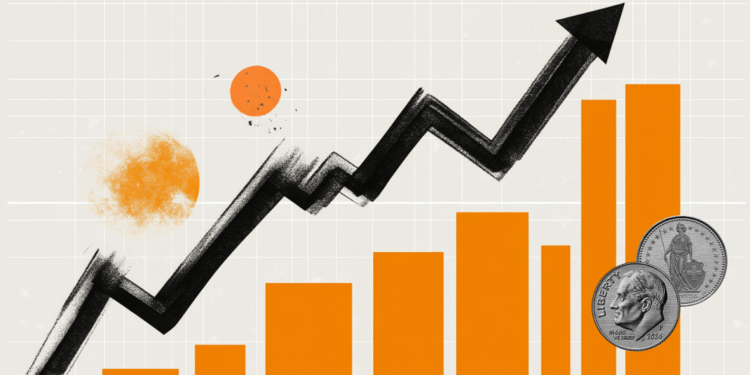Often used to wrap sushi and flavor soups, seaweed has much greater potential – both as a food and for use in a wide range of cosmetics and textiles to biodegradable packaging – and even biofuels.
Algae are normally grown on ropes or nets suspended in the ocean, but current techniques make large-scale cultivation almost impossible.
Ocean agriculture is in the “stone age,” according to Shrikumar Suryanarayan, co-founder and CEO of Sea6 Energy in Bangalore and former head of research and development at Biocon, an Indian pharmaceutical company specializing in biologically-sourced medicines. “It’s like using a spatula and a pickaxe to cultivate land.”
Founded in 2010, Sea6 Energy wants to mechanize oceanic agriculture with its “Sea Combine”, an automated catamaran that simultaneously harvests and replants marine algae in the ocean.
The machine travels back and forth between rows of seaweed, harvesting the fully grown plants and replacing them with newly seeded rows.
A prototype is being deployed at the company’s seaweed farm off the coast of Indonesia. The Southeast Asian country has a tradition of seaweed farming that involves villagers tying pieces of seaweed onto ropes and pulling them out to sea before hand-harvesting the lines, and there is a huge appetite for the harvest in the region, according to with Suryanarayan.
As technology develops and the market expands, the company plans to deploy more Sea Combines, including in its home country, India.
While the global seaweed industry doubled in size between 2005 and 2015 and produced 33 million metric tons in 2018, labor intensive and labor-intensive production is likely to impede market growth, according to market research firm Fortune Business Insights.
The price of seaweed restricts its potential uses, says Suryanarayan, and in today’s market, it is often only economically viable to use seaweed for expensive food applications.
Suryanarayan hopes Sea Combine will cut costs and make seaweed cheaper so it can be more widely used. Doing so will not affect local livelihoods, he believes, as village co-ops could lease the machinery, allowing them to cultivate a larger area.
Food and fuel.
Sea Combine is just “a tool” in Sea6 Energy’s broader operation, says Suryanarayan. The company, which raised $20 million in funds, is currently using the algae harvested by the machine to make small-scale products such as animal feed and agricultural fertilizers, he says.
While Suryanarayan admits it has been a slow journey for the company, mainly due to lack of investment in its early years, he believes it is now at a “tipping point” as the foundations have been laid, the technology developed and there is considerable interest worldwide in the potential of marine algae to mitigate climate change.
The company’s next step is to expand the range of products based on marine algae, starting with bioplastics, which it intends to start producing in the next three years.
Seaweed has long been touted as a biodegradable alternative to plastic, with the EU funding research on the subject over the past decade. London-based startup Notpla has already used seaweed to create sustainable packaging for drinks and sauces.
Sea6 Energy is in the early stages of developing its own biodegradable film to replace plastic and paper bags. But the company’s boldest ambition is to convert seaweed into biofuel, helping to reduce India’s dependence on crude oil.
Scientific research carried out by the company shows that it would be technically viable, but Suryanarayan admits that there is still a long way to go before it becomes commercially viable.
Vincent Doumeizel, director of the Food Program at Lloyd’s Register Foundation, a charity that supports research and innovation, and senior advisor to the United Nations Global Compact (UNGC), the UN’s corporate sustainability initiative, is skeptical.
“We would need hectares and hectares [de algas] to produce a few gallons of oil,” he tells CNN Business. “For me, producing marine algae for biofuel is like using gold to make gravel.”
Instead, Doumeizel believes Sea6 Energy should focus on areas where seaweed can make an immediate difference. Livestock feed enriched with seaweed has the potential to reduce methane emissions from cattle because it contains compounds that prevent microbes in a cow’s gut from producing the gas; bioplastics can contribute to decarbonization; and nutritious plants can help feed the world’s growing population, he says.
But first, the industry’s investment needs to be accelerated, says Doumeizel, adding that he welcomes the efforts of companies that develop technology for cultivation on an industrial scale.
Sea6 Energy is not alone in this. Norwegian company Seaweed Solutions designed the “Seaweed Carrier”, a sheet-like structure that can grow large amounts of seaweed in deep water, and Belgium-based AtSeaNova has developed a floating seeding and harvesting machine.
“Marine agriculture is one of the ways to improve the sustainability of the planet”, says Suryanarayan. “Our work and journey will be well done if we show that it is economically viable.”
This content was originally created in English.
original version
Reference: CNN Brasil
I am Sophia william, author of World Stock Market. I have a degree in journalism from the University of Missouri and I have worked as a reporter for several news websites. I have a passion for writing and informing people about the latest news and events happening in the world. I strive to be accurate and unbiased in my reporting, and I hope to provide readers with valuable information that they can use to make informed decisions.





